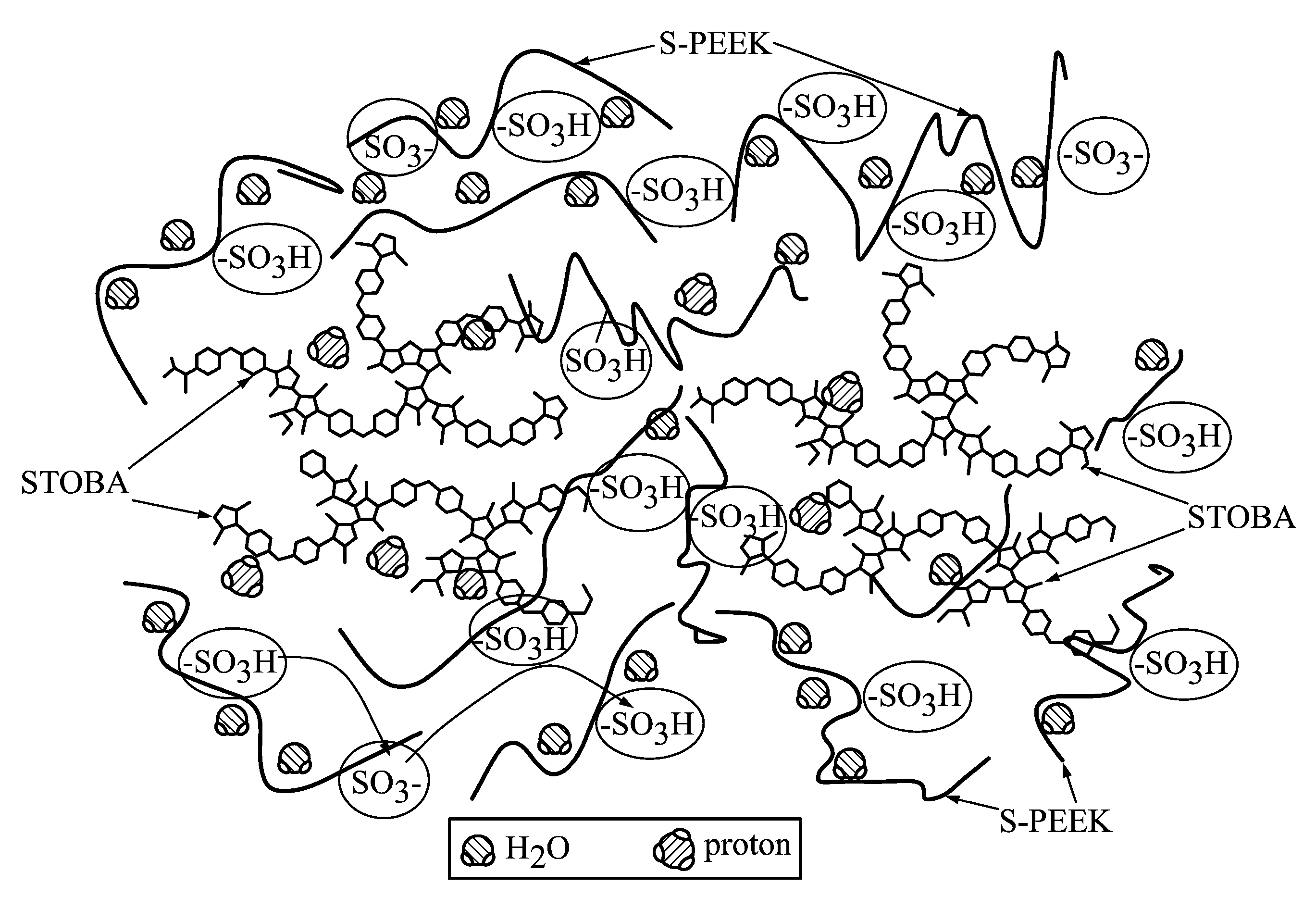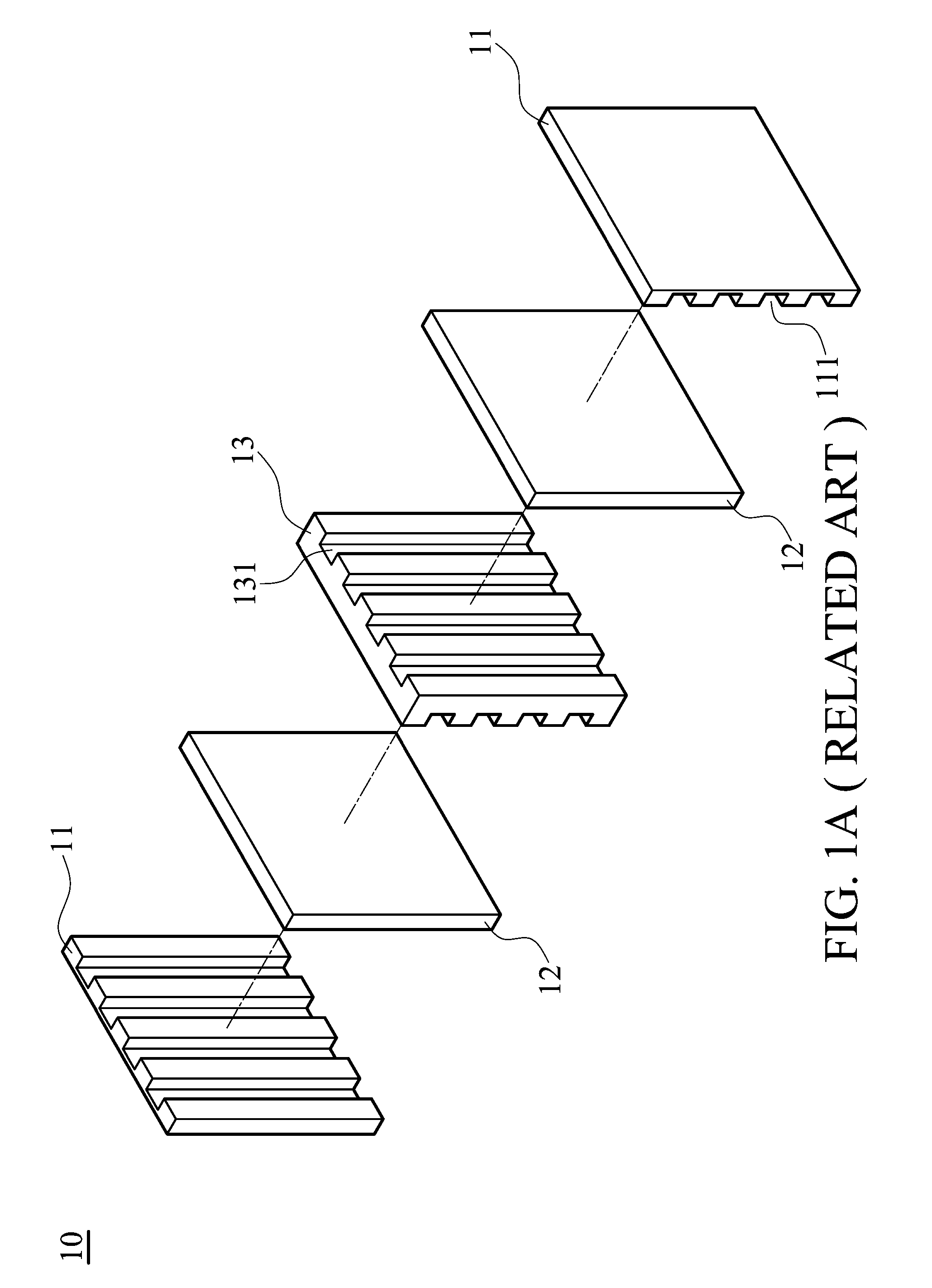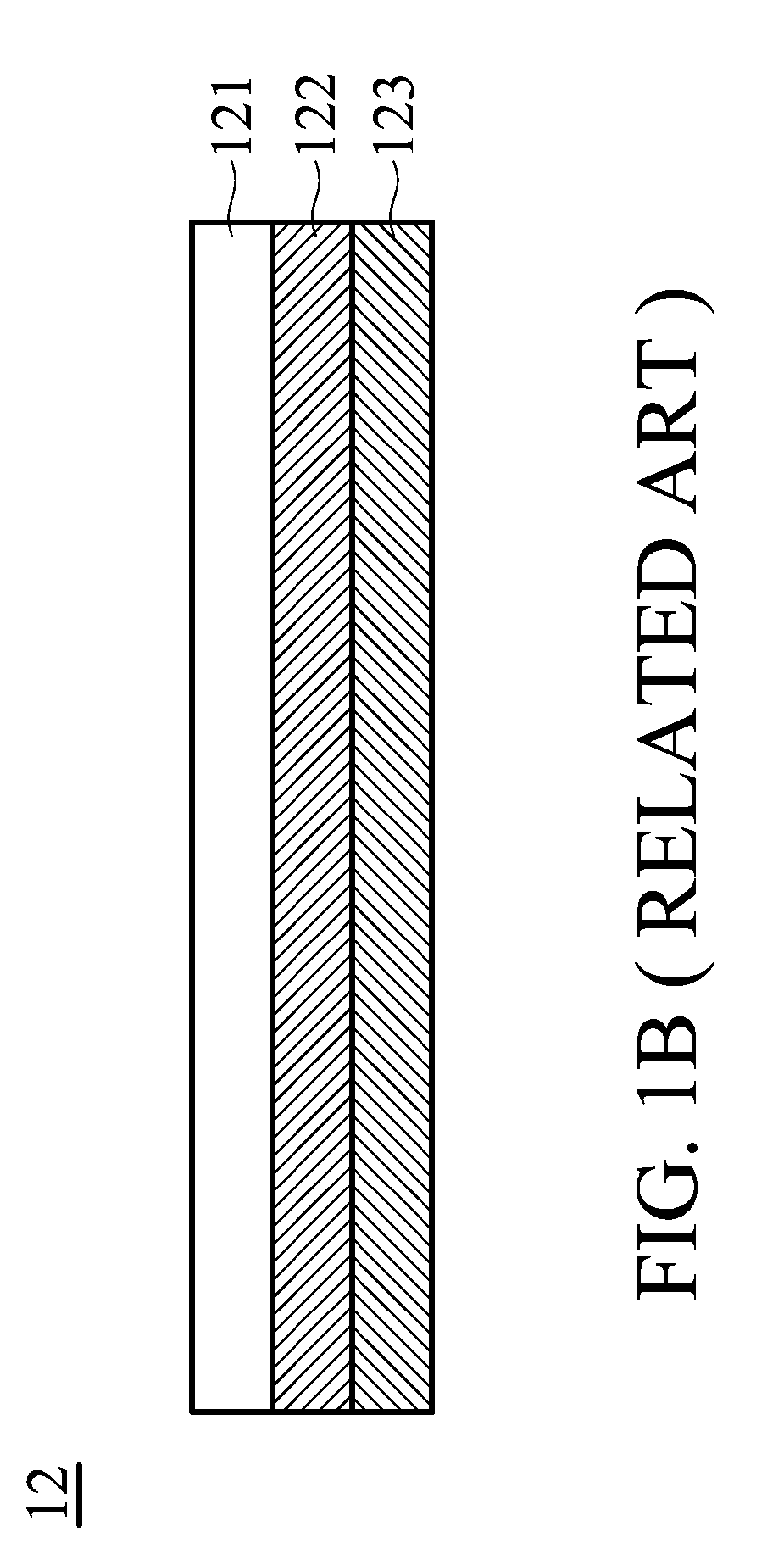Proton exchange membrane composition
- Summary
- Abstract
- Description
- Claims
- Application Information
AI Technical Summary
Benefits of technology
Problems solved by technology
Method used
Image
Examples
example 1
[0047]18.6668 g of 4,4′-bismaleimidodi-phenylmethane was dissolved in 50 ml of γ-butyrolactone (GBL) as solvent and heated to 130° C. with stirring until the bismaleimide monomer was completely dissolved. Next, 1.3341 g of 2,4,6-trioxohexahydropyrimidine (barbituric acid) was dissolved in 30 ml of γ-butyrolactone (GBL) and progressively added to the 4,4′-bismaleimidodi-phenylmethane / γ-butyrolactone in 8 batches (30-min interval) and stirred to perform bismaleimide polymerization. After addition of the barbituric acid batches were completed, the polymerization continuously proceeded for 4 hrs to form hyper-branched polymer (A). The molar ratio of the bismaleimide and barbituric acid was 5:1, and solid content thereof was 20 wt %.
example 2
[0048]20.0002 g of 4,4′-bismaleimidodi-phenylmethane was dissolved in 62 ml of γ-butyrolactone (GBL) as solvent and heated to 130° C. with stirring until the bismaleimide monomer was completely dissolved. Next, 3.5752 g of 2,4,6-trioxohexahydropyrimidine (barbituric acid) was dissolved in 32 ml of γ-butyrolactone (GBL) and progressively added to the 4,4′-bismaleimidodi-phenylmethane / γ-butyrolactone in 4 batches (60-min interval) and stirred to perform bismaleimide polymerization. After addition of the barbituric acid batches were completed, the polymerization continuously proceeded for 4 hrs to form hyper-branched polymer (B). The molar ratio of the bismaleimide and barbituric acid was 2:1, and solid content thereof was 20 wt %.
example 3
[0049]17.8712 g of 4,4′-bismaleimidodi-phenylmethane was dissolved in 50 ml of γ-butyrolactone (GBL) as solvent and heated to 130° C. with stirring until the bismaleimide monomer was completely dissolved. Next, 6.9090 g of 2,4,6-trioxohexahydropyrimidine (barbituric acid) was dissolved in 30 ml of γ-butyrolactone (GBL) and progressively added to the 4,4′-bismaleimidodi-phenylmethane / γ-butyrolactone in 8 batches (30-min interval) and stirred to perform bismaleimide polymerization. After addition of the barbituric acid batches were completed, the polymerization continuously proceeded for 4 hrs to form hyper-branched polymer (C). The molar ratio of the bismaleimide and barbituric acid was 1:1, and solid content thereof was 20 wt %.
PUM
| Property | Measurement | Unit |
|---|---|---|
| Temperature | aaaaa | aaaaa |
| Temperature | aaaaa | aaaaa |
| Mass | aaaaa | aaaaa |
Abstract
Description
Claims
Application Information
 Login to View More
Login to View More - Generate Ideas
- Intellectual Property
- Life Sciences
- Materials
- Tech Scout
- Unparalleled Data Quality
- Higher Quality Content
- 60% Fewer Hallucinations
Browse by: Latest US Patents, China's latest patents, Technical Efficacy Thesaurus, Application Domain, Technology Topic, Popular Technical Reports.
© 2025 PatSnap. All rights reserved.Legal|Privacy policy|Modern Slavery Act Transparency Statement|Sitemap|About US| Contact US: help@patsnap.com



